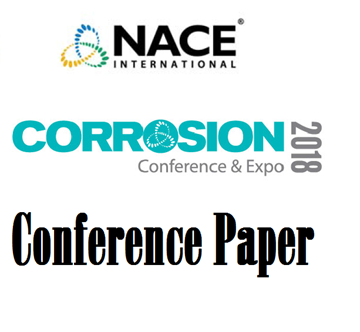Search
51318-10953-SCC Study of Carbon Steel Welds Exposed to Concrete Pore Water Under Anoxic Conditions
Also Purchased
51318-10938-Performance of Nickel Alloy UNS N06625 Welds in Supercritical H2S Environment
Product Number:
51318-10938-SG
Publication Date:
2018
$20.00
51318-10944-Cathodic protection affected by stray current transients: Critical duration and amplitude
Product Number:
51318-10944-SG
Publication Date:
2018
$20.00
51318-10942-Acquisition Visualization and Interpretation of Pipeline Corrosion Monitoring Data
Product Number:
51318-10942-SG
Publication Date:
2018
$20.00




